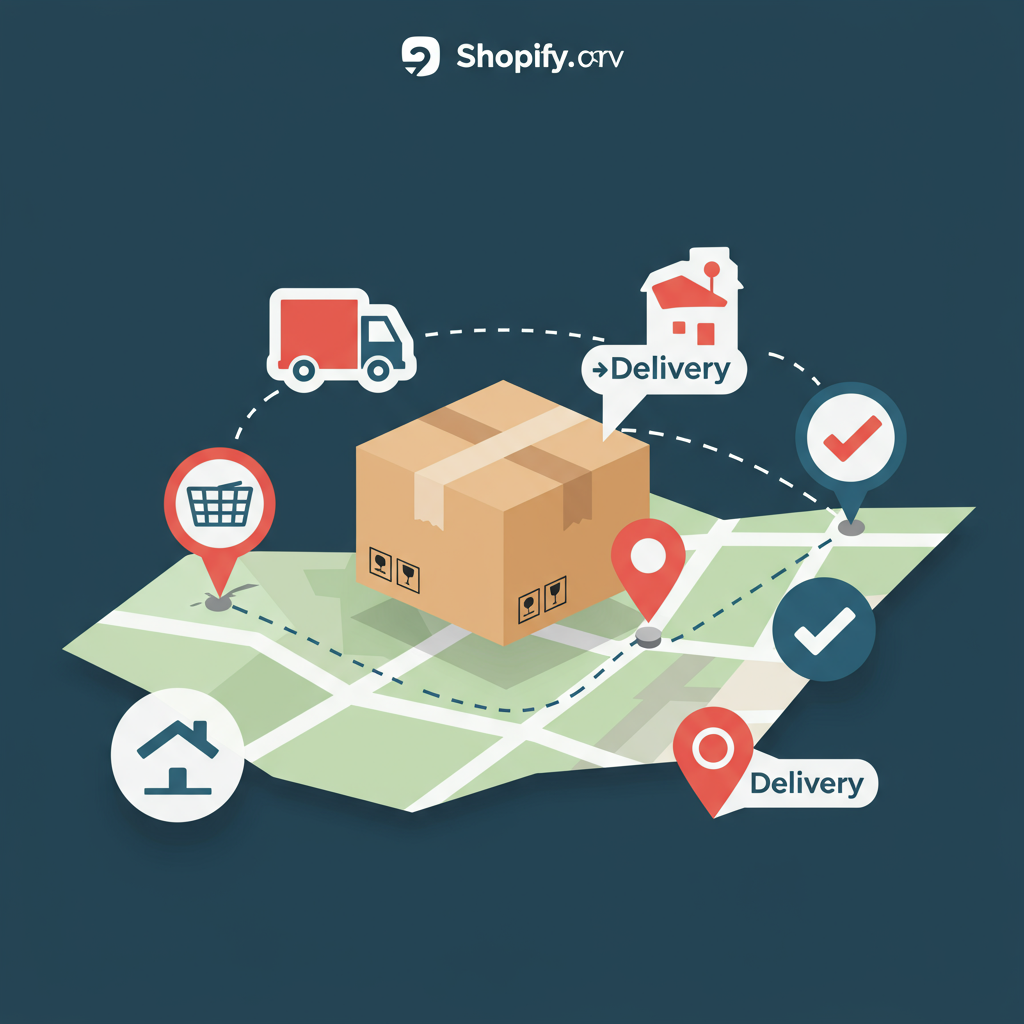Unlock customer satisfaction and operational efficiency by mastering your store’s post-purchase experience.
As a Shopify merchant, I know firsthand the importance of a seamless customer experience. It’s not just about making the sale; it’s about what happens *after* the purchase that truly builds loyalty.
One of the most critical elements of this post-purchase journey is order tracking. It’s something customers expect, and frankly, it’s something we, as merchants, should prioritize.
Today, I want to walk you through the ins and outs of order tracking integration for your Shopify store. We’ll cover why it’s essential, what options are available, and how to implement them effectively.
Think about your own online shopping habits. Once you click “buy,” what’s the first thing you want to know? “Where’s my order?” right? Your customers are no different.
Providing clear, real-time order tracking isn’t just a convenience; it’s a powerful tool for building trust and reducing customer service inquiries.
When customers can easily track their packages, they feel more in control and less anxious. This transparency significantly enhances their overall satisfaction with your brand.
From our perspective as merchants, robust tracking reduces the dreaded “Where is my order?” (WISMO) calls and emails, freeing up our customer support team to handle more complex issues.
It also provides valuable data. We can identify shipping bottlenecks, understand delivery performance, and even proactively address potential issues before they become major problems.
Shopify, by default, offers some basic tracking capabilities. When you fulfill an order and add a tracking number, customers receive an email with a link to the carrier’s website.
While this is a start, it often lacks the branded experience and detailed updates that modern customers expect. It pushes them off your site, potentially losing their attention.
This is where third-party order tracking integrations come into play. These solutions go far beyond basic carrier links, offering a much richer and more controlled post-purchase experience.
They typically provide a branded tracking page on your own domain, consistent updates, and often, proactive notifications via email or SMS.
When considering a third-party solution, I always look for several key features. First, multi-carrier support is crucial, especially if you ship with various providers.
A branded tracking page is non-negotiable for me. It keeps customers engaged with my brand even after they’ve left the checkout page, reinforcing my identity.
Customizable notifications are another must-have. I want to control when and how my customers receive updates, from “In Transit” to “Out for Delivery” and “Delivered.”
Real-time updates are paramount. Customers want to know exactly where their package is at any given moment, not just once a day.
Analytics and reporting features are incredibly valuable. They help me understand delivery times, identify common issues, and optimize my shipping strategy over time.
Some advanced solutions even offer estimated delivery dates, which can further reduce customer anxiety and set clear expectations.
Integrating these solutions with your Shopify store is usually straightforward. Most popular tracking apps are available directly in the Shopify App Store.
The process typically involves installing the app, connecting your shipping carriers (often just by entering your carrier account details), and then configuring your tracking page and notification settings.
You’ll want to customize the look and feel of your tracking page to match your store’s branding – colors, logo, even promotional banners.
Setting up automated notifications is key. Decide which events trigger an email or SMS (e.g., “Shipped,” “Out for Delivery,” “Delivered,” “Exception”).
Always test your integration thoroughly before going live. Place a test order, track it yourself, and ensure all notifications are firing correctly and the tracking page looks as expected.
My best advice for leveraging order tracking is to be proactive. Don’t wait for customers to ask; provide them with the tools to track their orders easily.
Clearly communicate the tracking process on your order confirmation pages and emails. Make the tracking link prominent and easy to find.
Use the data you collect. If you notice a particular carrier consistently has delays in a certain region, you might consider alternative options or adjust your estimated delivery times.
Remember, the post-purchase experience is an extension of your brand. A smooth, transparent tracking process can turn a one-time buyer into a loyal, repeat customer.
It’s about managing expectations and providing peace of mind. When customers feel informed and valued, they are much more likely to return and recommend your store.
Some cutting-edge solutions are even starting to incorporate AI and machine learning to predict potential delays or optimize delivery routes, taking the guesswork out of logistics.
While these advanced features might be overkill for smaller stores, it’s exciting to see how technology continues to enhance the shipping and tracking landscape.
Ultimately, investing in a robust order tracking solution for your Shopify store isn’t just an expense; it’s an investment in customer satisfaction, operational efficiency, and brand reputation.
It empowers your customers, reduces your workload, and provides valuable insights that can drive future business decisions.
I truly believe that a well-implemented tracking system is a cornerstone of a successful e-commerce business in today’s competitive market.
What are your thoughts on this article? Do you have any specific challenges with order tracking in your Shopify store, or perhaps some tips you’d like to share?
I hope this detailed explanation helps you navigate the world of Shopify order tracking integration and empowers you to provide an even better experience for your valued customers.






